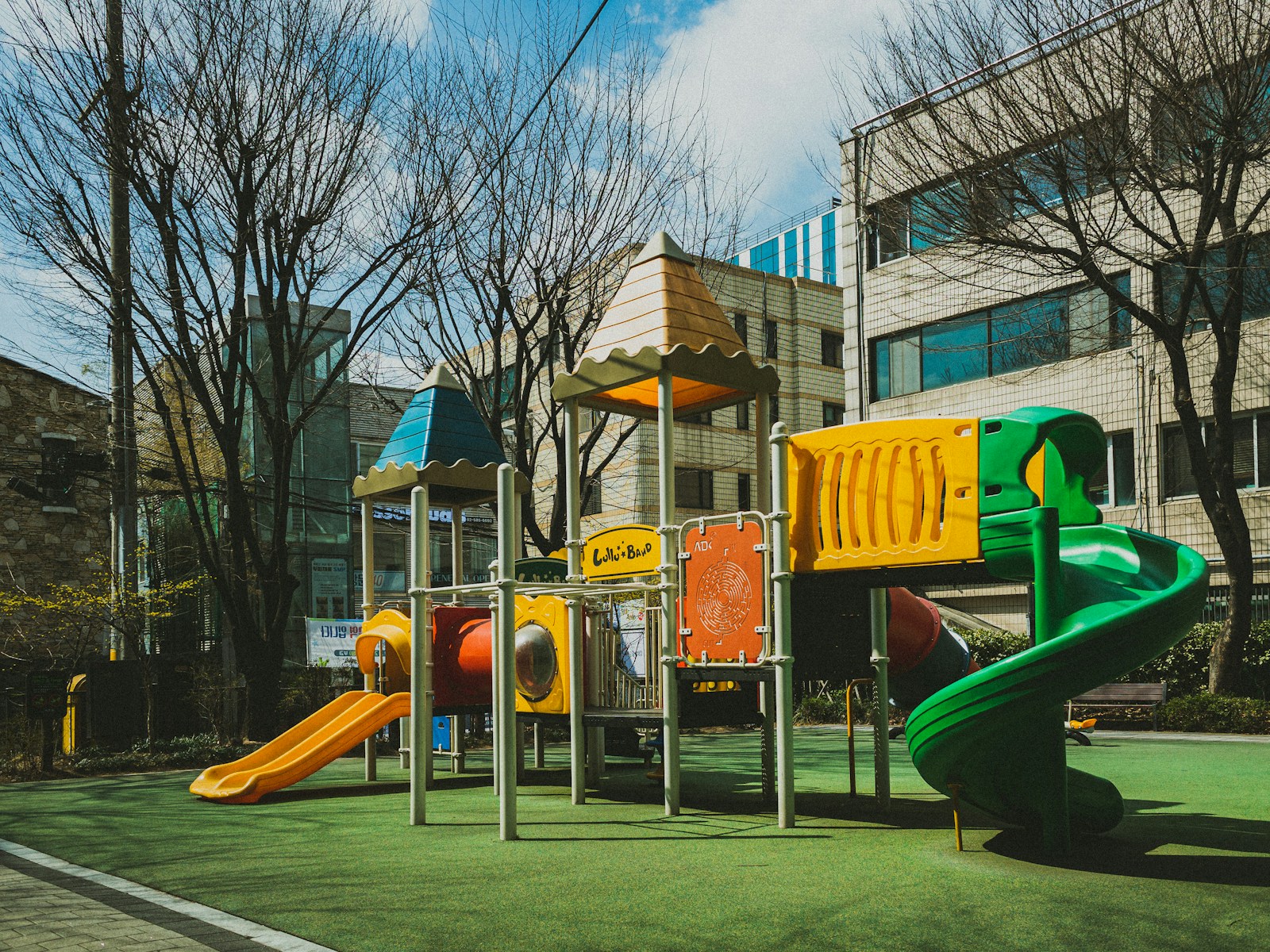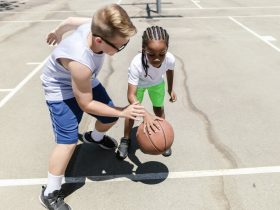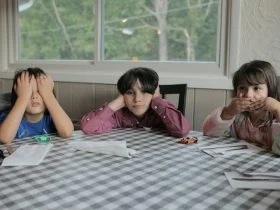Daycares play a major role in educating and influencing children from a young age. By offering a nurturing environment to babies, toddlers, and preschoolers, daycares become the home away from home for many little ones. Daycares are responsible for providing educational activities as well as socialization opportunities for young ones to begin to learn the importance of communication, cooperation, and compromise. One way to provide these types of experiences is by installing a playground.
Daycare playgrounds are a way for children to engage in play while also learning essential gross motor skills and putting themselves in various social situations. It’s a way to entice their creativity and imaginative play through problem-solving and sensory exploration. If your daycare is considering adding a playground, here are a few things to keep in mind before purchasing any equipment.
Reader's Roadmap
Age-Appropriateness
Depending on the daycare, babies as young as six weeks may be playing alongside four and five-year-olds. While babies won’t be on the playground, the toddlers and preschoolers will certainly be using the equipment daily. Even between toddlers and preschoolers, however, the ability levels can range significantly. A young toddler may not be able to prop themselves up and therefore may be more comfortable with ground-level play equipment. Yet, a preschooler will likely be bored with sandboxes and want to challenge themselves by going on a larger slide.
Creating different play zones can ensure that every child’s play needs are met while creating safe spaces for play. Teachers and caregivers can watch children appropriately based on their age and the equipment they are playing with. Having different play zones is also a way to keep everyone happy, minimizing the risk of any meltdowns while still keeping kids engaged.
In terms of which equipment is best for each age range, infants and one-year-olds will be content with crawl tunnels, baby slides, bucket swings, and low-level activity panels. Toddlers will be excited about climbing structures such as stairs and walkways, medium-sized slides, and anything they can grasp and grab onto. Preschoolers love to challenge themselves with larger slides, monkey bars, climbing walls, and rope swings.
Also, it’s vital to think about inclusivity and accessible designs. Adding in ramps, ground-level play activations, and adaptive swings ensures that you’re set up to accommodate children with different physical abilities. For parents, seeing that a daycare’s playground is set up for their child’s specific needs will make them feel more comfortable sending their child there.
Safety
Safety should be top of mind for any type of playground construction, especially when installing playground equipment in a daycare facility. Little ones don’t have the wherewithal to know what a safe practice is. For instance, while climbing to the top of a tall structure may seem like a good idea, they may not think ahead of how they’re going to get down! Therefore, any type of play area for them should be built with safety in mind.
When choosing equipment for your daycare, ensure that the products meet certain safety standards. The Consumer Product Safety Commission (CPSC) and the American Society for Testing and Materials (ASTM) are organizations that certify this type of equipment. Also, consider the specific materials used. Non-toxic, weather-resistant materials will last through multiple seasons and withstand the wear and tear from kids playing.
Also, when designing the playground, it’s important to think about spacing and layout. Equipment should be given ample space so kids can run freely while they move from one play area to another. A swingset, for example, needs to have at least six feet of open space on all sides. Slides need anywhere from three to six feet of space on all slides.
It goes without saying that playgrounds should also be inspected regularly, especially those that are frequently used, such as those within a daycare center. Any loose bolts should be tightened, sharp edges should be fixed, and cracks should be repaired to ensure that playing children are safe.
Other Considerations
In addition to safety and age-appropriate equipment, there are a few other daycare-specific recommendations to consider. First, it may be necessary to add a fence or other barrier to prevent curious little ones from wandering off. A gated fence made from wood, chain link, vinyl, or aluminum can assist childcare providers in keeping an eye on everyone. Speaking of onlookers, adding some benches or shade can make it more comfortable for staff members to watch the children. These areas can also be used for overstimulated children who may need a break from playing too.
Surface and flooring materials should also be thought of. Using rubber mats or wood fiber can help dampen any accidental mishaps and falls while also ensuring easy accessibility for everyone. Many of these can be made from eco-friendly or recyclable materials, meaning you’ll be doing Mother Earth a favor too with these selections.
Although there’s a lot to think about before construction, adding a playground to a daycare facility is a great way to encourage physical health from a young age. It’s also helping develop their cognitive health and emotional well-being. It’s an investment that will have a positive impact on the children for years to come.







Leave a Reply
View Comments